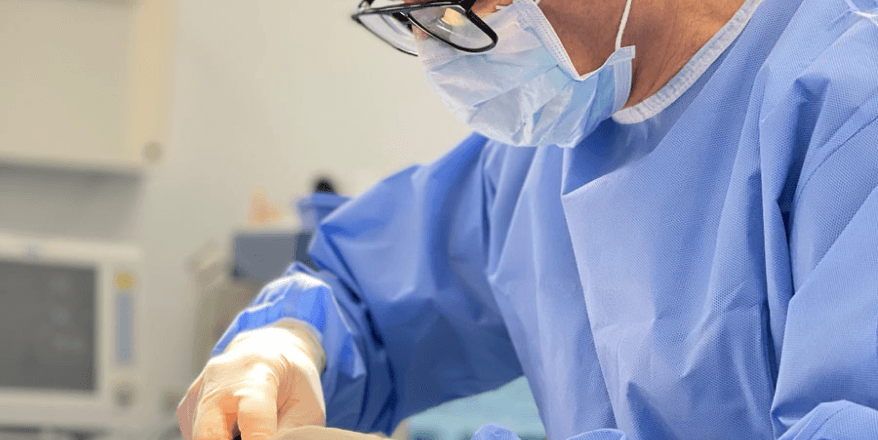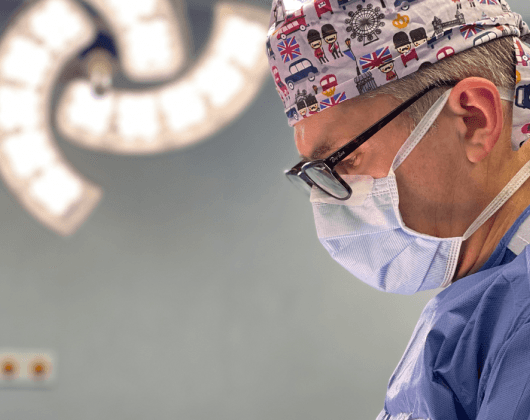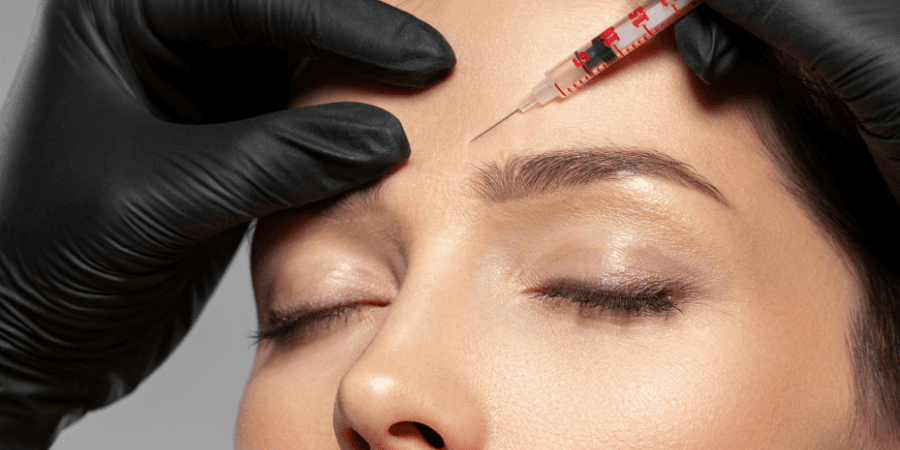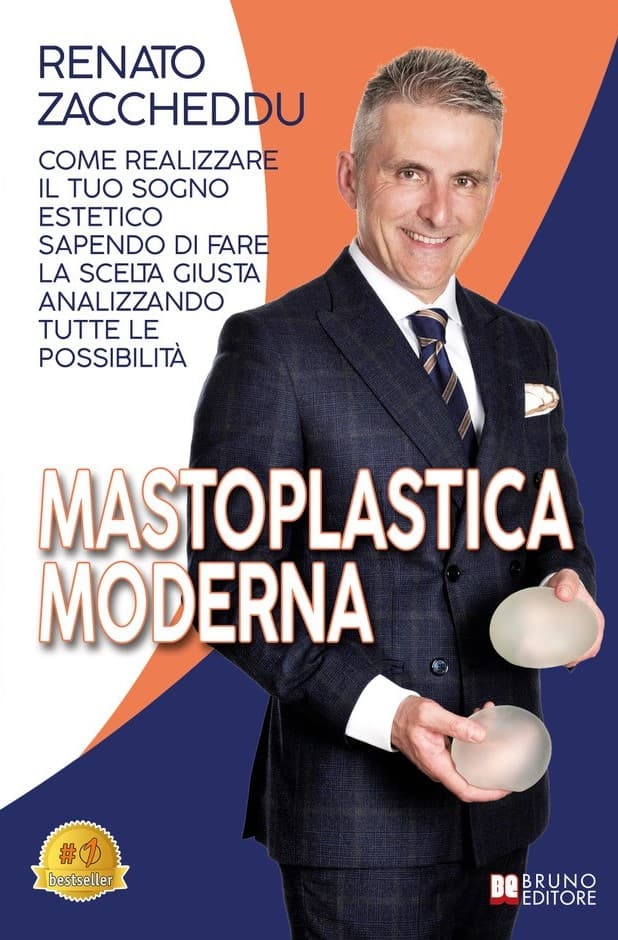

BEFORE THE TREATMENT
What to Know About Botox, Also Known as Botulinum Toxin
BEFORE THE TREATMENT
What to Know About Botox, Also Known as Botulinum Toxin
Botox, or Botulinum Toxin – you've probably heard about it countless times. But what exactly is it? At its core is botulinum toxin. Yep, a toxin... sounds a bit scary when you put it that way, right? But in reality, it's one of the most sold drugs out there. So, what's the big deal about this product? It's a molecule that blocks the nerve impulse in the neuromuscular synapses of the area where it's injected, and only in that area. In other words, botulinum toxin is a temporary chemical denervation, typically lasting a few months. To put it another way, the muscle, where injected, can't contract, hence it can't move the overlying skin. Pretty straightforward, huh?

THE TREATMENT
Which Parts of the Face are Best Treated with Botox?
THE TREATMENT
Which Parts of the Face are Best Treated with Botox?
This drug is particularly useful if you're looking to treat mainly the dynamic wrinkles on the face, typically around the eyes (the so-called crow's feet), on the forehead, the glabellar region between the eyebrows, and along the sides of the nasal walls. It also offers, as a secondary effect, a moderate but pleasant lifting of the eyebrows.
Other described application areas include the chin muscles, some muscles around the mouth, and the platysma, or neck. However, for these latter areas, there are more limitations. The results are less obvious, and extra caution is required in their application due to the risk of unpleasant side effects. So, unlike fillers, when undergoing treatment with botulinum toxin, you're aiming to address so-called "dynamic" wrinkles. Its action, as seen, temporarily blocks the underlying muscles which, by not contracting, significantly reduce the formation of wrinkles during facial expressions.










